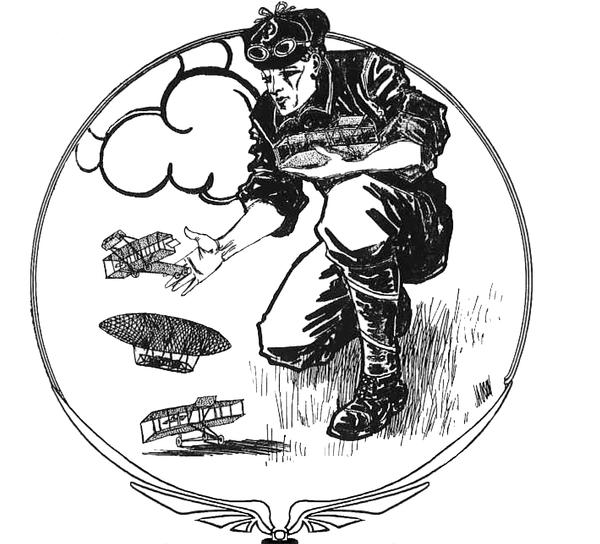- 1890s Cars
- Barney Oldfield Images
- Oldfield - Petersen
- Beer
- Early Auto Industry
- Uniontown - Marci McGuinness
- General Period Clip Art
- Early Race Related Clip Art
- Advertising and Editorial Cartoons
- Early Indianapolis
- IMS Construction
- Indianapolis Speedway
- First IMS Auto Races
- Failed 1909 Air Show
- 1909 IMS Balloon Races
- 1909 IMS Motorcycle Meet
- 1910 Indianapolis Auto Show
- 1913 Indianapolis 500
- 1919 Indianapolis 500
- Joe Dawson
- WWI "500" Winner Draft Cards
- Frank Di Buglione (off the wall art, LLC)
- Gilbert Art
- Carl Graham Fisher
- IMS Hall of Fame Museum
- Alco at 100th Anniversary
- Frederic Matile - Morris Park
- Miami-Fulford Speedway
- Paul Sheedy Collection
- Early Wyoming Racing - 1909 - 1919
- Personalities
- Early Racing Images
- Glidden Tour
- 1909 Cobe Trophy
- Fairmount Park & Belmont Estates
- Early Santa Monica
- Don Radbruch Collection
- Jeroen de Boer Collection 1910
- Jeroen de Boer Collection 1912
- Jeroen de Boer Collection 1913
- Jeroen de Boer Collection 1914
- Georges Boillot
- Story's Indianapolis 500 Cars
- Story's Sports Cars
- Story's Grand Prix Cars
- Old School
- Story's Brickyard Sketchbook
IMS Air Show Pen & Ink
Photo Gallery Categories
Search
Featured Article
Image of The Week

This marvelous pen & ink image first appeared in the Sunday, April 17, 1910 Indianapolis Star and supported an amazing article written by the outstanding motorsports journalist Peter Paul "P.P." Wllis who reported on the growing field of entries for the upcoming June air show at the Indianapolis Motor Speedway as well as the burgeoning interest in the Hoosier state for all things aeronautical.
The image symbolizes the fascination with air travel which was literally in its infancy. Speculation fueled beer consumption discussions at places like St. Elmo's (founded in 1902 on Illinois Street in downtown Indianapolis) about the viability of the new invention. Some wondered if the winged aircraft would amount to anything other than a curious distraction for amusement. With cloth stretched over steel-frame structures with tiny engines of horsepower ratings as low as seven (yes, as in "7") many wondered how these machines weighing just a few hundred pounds could ever do anything practical other than entertain crowds with aerobatics. Some suggested the big dirigibles with engines attached were the next logical step in useful air travel as they could sustain flight indefinitely and support greater payloads. Others thought that air travel could possibly replace terrestrial modes of mobility and envisioned everyday citizens utilizing them for daily commutes.
Visionaries like Speedway Founder Carl Fisher could imagine so much more - and smelled opportunity. He and his team worked to position the Brickyard as a multi-purpose facility, as much an airfield as an automobile racing track. It was not to be, but he had the right idea. The Speedway's June 1910 air show was clear evidence of Fisher's commitment to advancing the cause of aviation but difficulties such as the Wright Brothers' and their patent rights litigation created huge roadblocks to the American business case for air travel.
Credit: the restoration of this image - extracted from newspaper microfilm with an accumulation over decades of scratches, smudges and other wear and tear - was accomplished by Esther Rodriguez Dill.
| Attachment | Size |
|---|---|
| Aero_Art.jpg | 530.55 KB |
